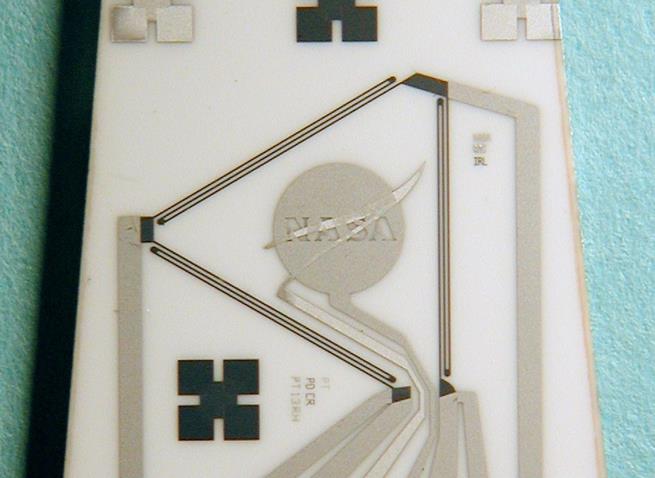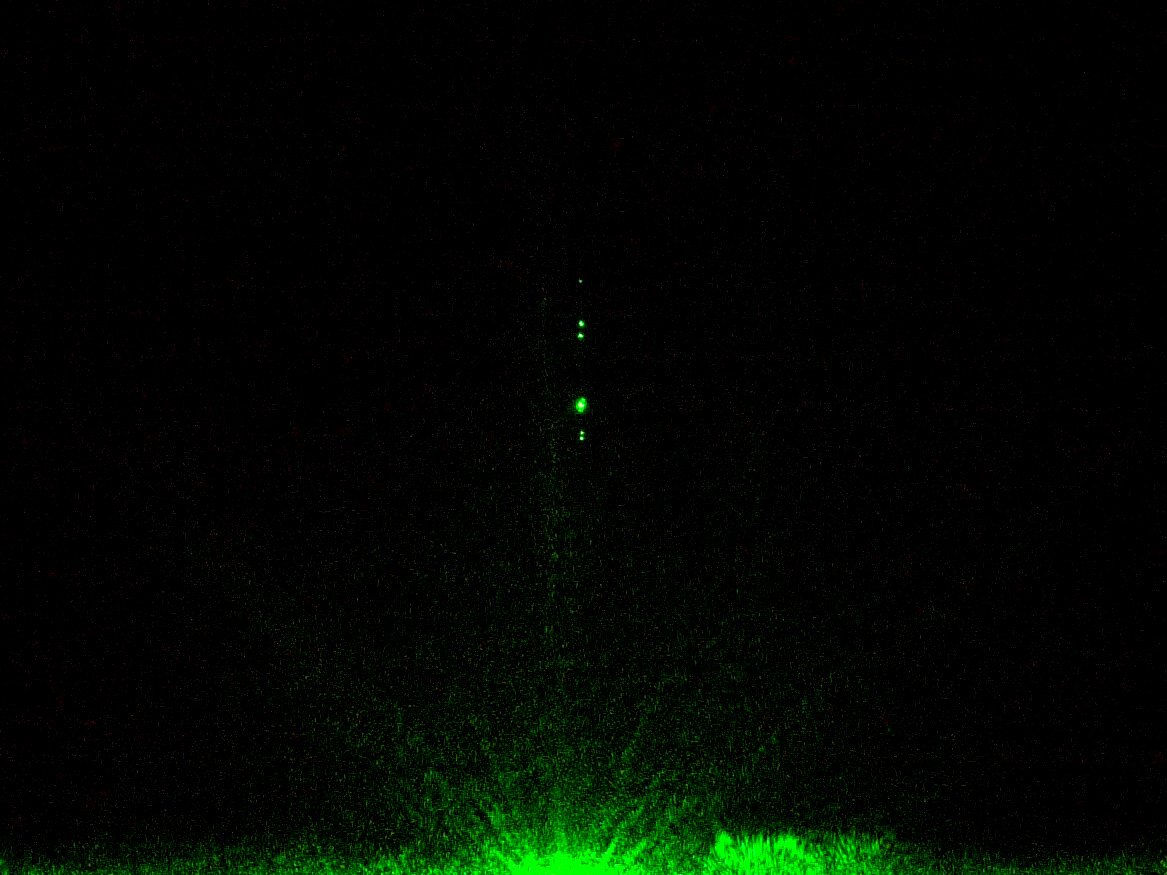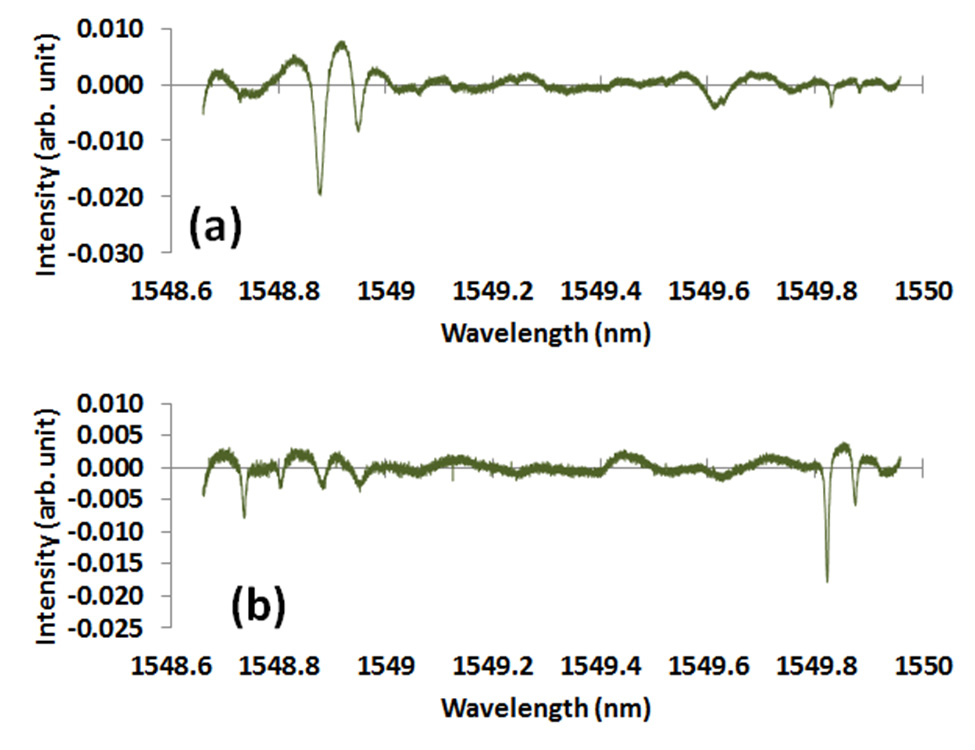NASA is developing innovative harsh environment physical sensing and instrumentation technologies to advance next-generation space exploration, science, and aeronautics research.
Overview
Novel Film Sensors
Developing robust thin film sensors with ceramic, laminate and nanostructured materials onto complex components.
NASA’s Glenn Research Center in Cleveland has an in-house effort to develop thin film sensors for surface measurement in propulsion system research. The sensors include those for strain, temperature, heat flux and surface flow, which will enable critical vehicle health monitoring and characterization of components of future space and air vehicles. This technology can also be applied to characterize the harsh environment on planetary surfaces.
The use of sensors made of thin films has several advantages over wire or foil sensors. Thin film sensors do not require special machining of the components on which they are mounted, and, with thicknesses less than 10 μm, they are considerably thinner than wire, foils, or spray-on sensors. Thin film sensors are less intrusive to the operating environment than traditional sensors, and therefore have a minimal impact on the physical characteristics of the supporting components.
Micro-Photonic Techniques
Investigating novel new micro and nanoscale methods for miniature sensing and unobtrusive measurements.
Optical Trapping
Optical trapping, also known as optical tweezers, use light from lasers to trap and manipulate microscopic objects. Development of optical trapping techniques provides a tool that can be used for microscopic construction of specialized sensors, materials, and for the transport of microscopic quantities of materials for processing.
Morphology Dependent Resonances
Morphology dependent resonances (MDR), also known as whispering gallery modes (WGM), are resonant phenomena that extract portions of an incident electromagnetic field and trap them inside a round cavity. These resonances can be used for a variety of applications including very fine scale monitoring of temperature, force, pressure. They can also be used for optical switching, optical signal processing and sorting, and for chemical species concentration.
Contact
| Area of Expertise | Name | |
|---|---|---|
| Physical Sensors | John Wrbanek | john.d.wrbanek@nasa.gov |
| Intelligent Systems | Gary Hunter | gary.w.hunter@nasa.gov |
| Sensing and Measurement | Susan Wrbanek | susan.y.wrbanek@nasa.gov |
Technology Portfolio (PDF)
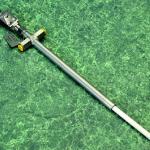
Temperature Probe for Measuring up to 2400°C
This technology is for a probe that uses multi-wavelengths to measure very high temperatures, from 1380°C up to 2400°C. The ability to withstand higher temperatures and oxidizing atmospheres translates into extended lifetimes even during operation in less severe conditions.
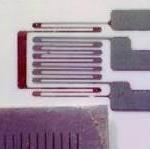
High-Temperature Thin-Film Strain Gauges
NASA Glenn has developed high-temperature thin-film strain gauges, which are miniature and deposited directly on the test articles. These sputter-deposited thin-film resistance strain gauges can provide minimally intrusive surface strain measurements in the temperature range from ambient up to 1100°C.
Video
Development of a Venus Surface Wind Sensor
Presentation to NASA Engineering and Safety Center (NESC) Academy describes the development and demonstration of this miniature drag-force anemometer integrated with high temperature electronics in a simulated Venus surface environment.
Watch Now about Video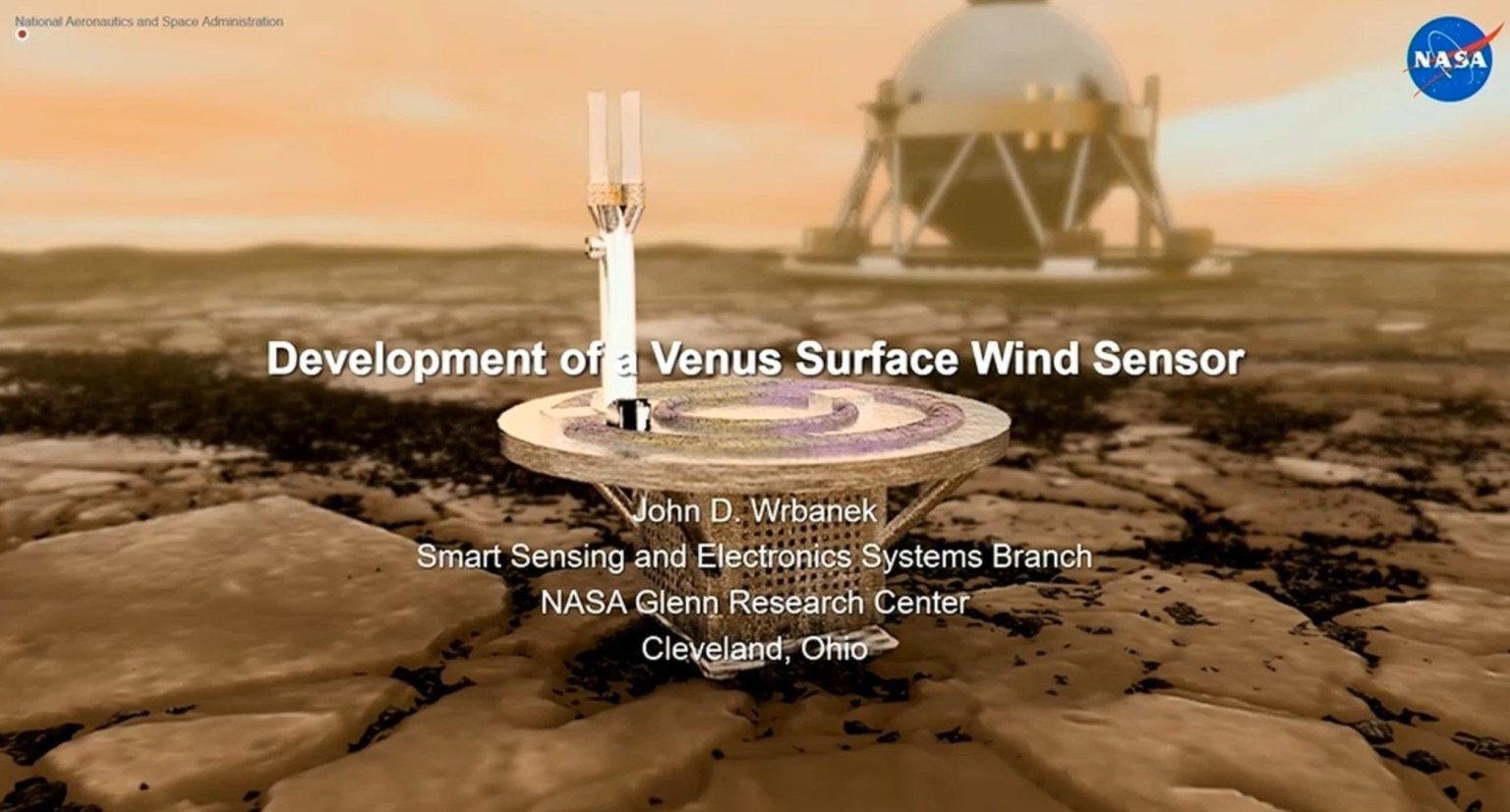
Projects supported by this research:
Fission Surface Power
The solar system does not provide easy access to electricity as we know it on Earth. Astronauts could take advantage of a reliable power supply to explore both the Moon and Mars. The system will need to be lightweight and capable of running regardless of its location, the weather, or available sunlight and other natural resources.
Learn More about Fission Surface Power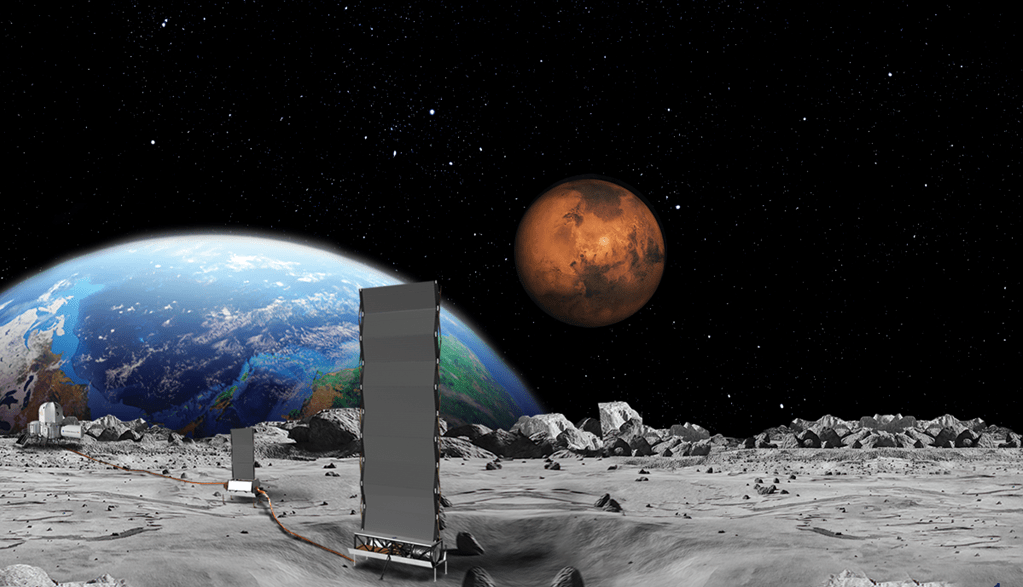
Transformational Tools and Technologies Project
NASA is developing state-of-the-art computational and experimental tools and technologies that are vital to ARMD’s ability to advance the prediction of future aircraft performance in flight, such as first-of-a-kind tools that isolate the complex turbulent airflow around vehicles and within propulsion systems.
Learn More about Transformational Tools and Technologies Project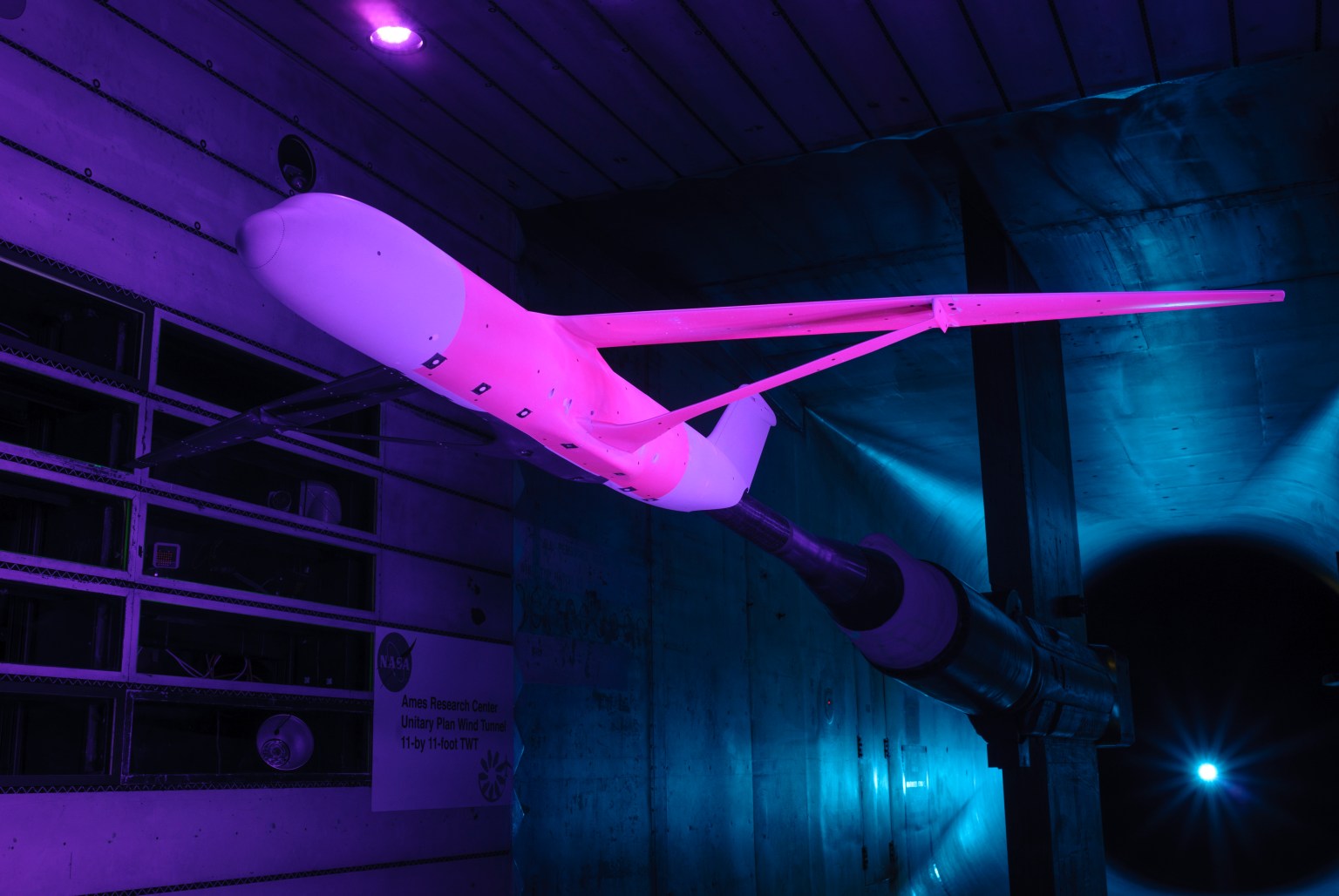
NASA Glenn facilities where this research is conducted:
Microsystems Fabrication Laboratory
This vertically integrated silicon carbide (SiC) semiconductor research and development facility is dedicated to the design, fabrication, and testing of integrated circuit electronics and sensors uniquely durable to extreme environments.
Learn More about Microsystems Fabrication Laboratory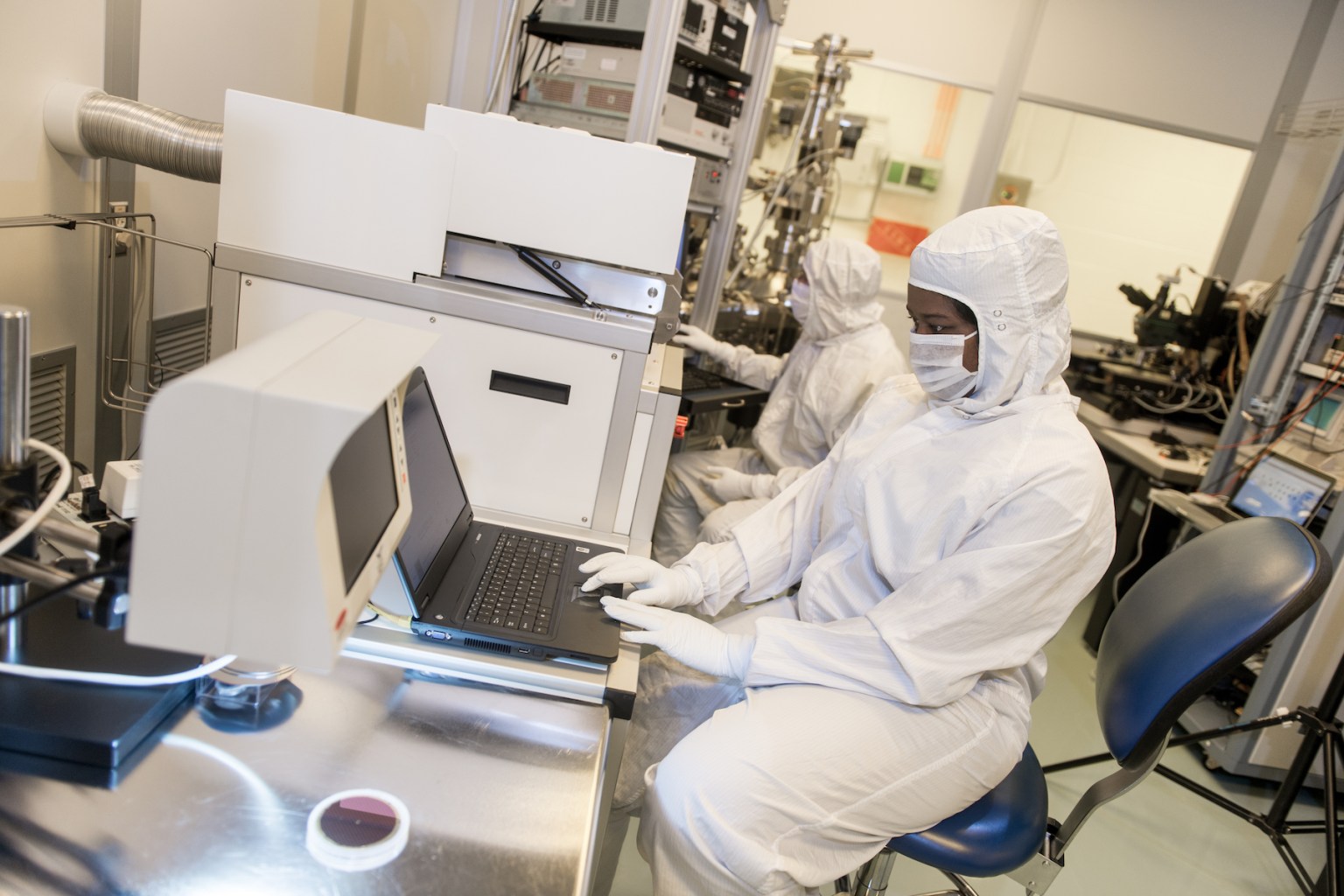
Key Publications
| Publication Title | Author(s) | Source | Type | Year |
|---|---|---|---|---|
| Thin-Film Embedded Sensors for Battery Health Monitoring | Gary Hunter, John Wrbanek, Jennifer Xu, Brianne Demattia, Elizabeth McQuaid, José Gonzalez | 245th Electrochemical Society Meeting | Presentation | 2024 |
| Development of a Venus Surface Wind Sensor Based on a Miniature Drag-Force Anemometer | Wrbanek, John, Fralick, Gustave, Hunter, Gary, Meredith, Roger, Sprouse, Mark, Fausnaugh, Andrew, Chen, LiangYu, Gonzalez, José, and Phillips, Kyle | NASA TM-20205007616 | NASA TM | 2020 |
| Design and operation of a fast, thin-film thermocouple probe on a turbine engine. | Meredith, Roger D., Wrbanek, John D., Fralick, Gustave C., Greer, Lawrence C., Hunter, Gary W., Chen, Liangyu | 50th AIAA/ASME/SAE/ASEE Joint Propulsion Conference, Cleveland, Ohio, July 28-30, 2014 | Conference Paper | 2014 |
| A Review of Exhaust Gas Temperature Sensing Techniques for Modern Turbine Engine Controls | Von Moll, Alexander, Behbahani, Alireza R., Fralick, Gustave C., Wrbanek, John D. and Hunter, Gary W. | 50th AIAA/ASME/SAE/ASEE Joint Propulsion Conference, Cleveland, Ohio, July 28-30, 2014 | Conference Paper | 2014 |
| Coupling of low-order LP modes propagating in cylindrical waveguides into whispering gallery modes in microspheres | G. Adamovsky and S. Wrbanek | Optics Express 21 (2) 2279-2286 | Journal Article | 2013 |
| Ceramic Thin Film Thermocouples for SiC-based Ceramic Matrix Composites. | Wrbanek, John D., Fralick, Gustave C., Zhu, Dongmin | Thin Solid Films 520 (17) 5801-5806 | Journal Article | 2012 |
| Investigating Sonoluminescence as a Means of Energy Harvesting | John D. Wrbanek, Gustave C. Fralick, Susan Y. Wrbanek, Nancy R. Hall | Chapter 19 in Frontiers of Propulsion Science (AIAA) 605-637 | Book Chapter | 2012 |
| Polarization dependent coupling of whispering gallery modes in microspheres | G. Adamovsky, S. Wrbanek, B. Floyd, M. Crotty | SPIE Photonics North 2010, Niagra Falls, Canada, June 1-3, 2010 | Conference Paper | 2010 |
| Measurement of the Length of an Optical Trap | Susan Y. Wrbanek | NASA/TM-2009-215508 | NASA TM | 2009 |
| Thin film ceramic strain sensor development for high temperature environments | JD Wrbanek, GC Fralick, JM Gonzalez, KL Laster | Aging Aircraft 2008, Phoenix, Arizona, April 21-24, 2008 | Conference Paper | 2008 |
| Scattering of a tightly focused beam by an optically trapped particle | James A. Lock, Susan Y. Wrbanek, Kenneth E. Weiland | Applied Optics 45 (15) 3634-3645 | Journal Article | 2006 |
| Preparation and analysis of platinum thin films for high temperature sensor applications | John D. Wrbanek, Kimala L.H. Laster | NASA TM-2005-213433 | NASA TM | 2005 |
| Optical levitation of micro-scale particles in air | Susan Y. Wrbanek, Kenneth E. Weiland | NASA/TM-2004-212889 | NASA TM | 2004 |
| Development of Thin Film Ceramic Thermocouples for High Temperature Environments | John Wrbanek, Gustave Fralick, Serene Farmer, Ali Sayir, Charles Blaha, José Gonzalez | 40th AIAA/ASME/SAE/ASEE Joint Propulsion Conference & Exhibit, Fort Lauderdale, Florida, July 11-14, 2004 | Conference Paper | 2004 |
| Thin film sensors for surface measurements | Lisa Martin, John Wrbanek, Gustave Fralick | 19th IEEE ICIASF, Cleveland, Ohio, August 27-30, 2001 | Conference Paper | 2001 |
Key Patents
Sensors and Electronics
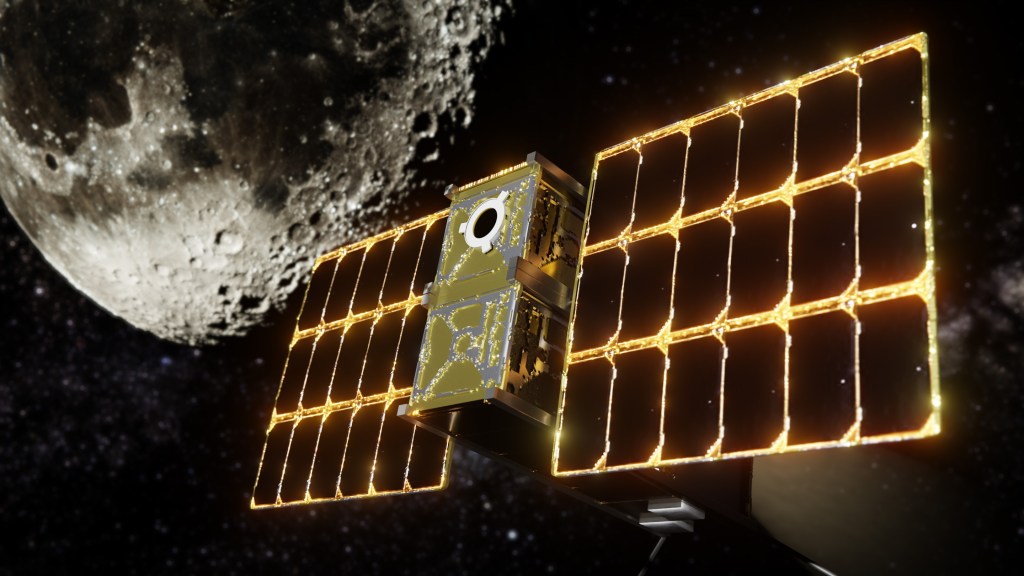
Advanced Space Radiation Detectors
NASA is developing low-noise, robust, compact radiation detectors to provide improved data on space radiation.

Chemical Sensors
NASA is developing chemical species sensors for aerospace applications including leak detection and emission, safety, human health, and environmental monitoring.
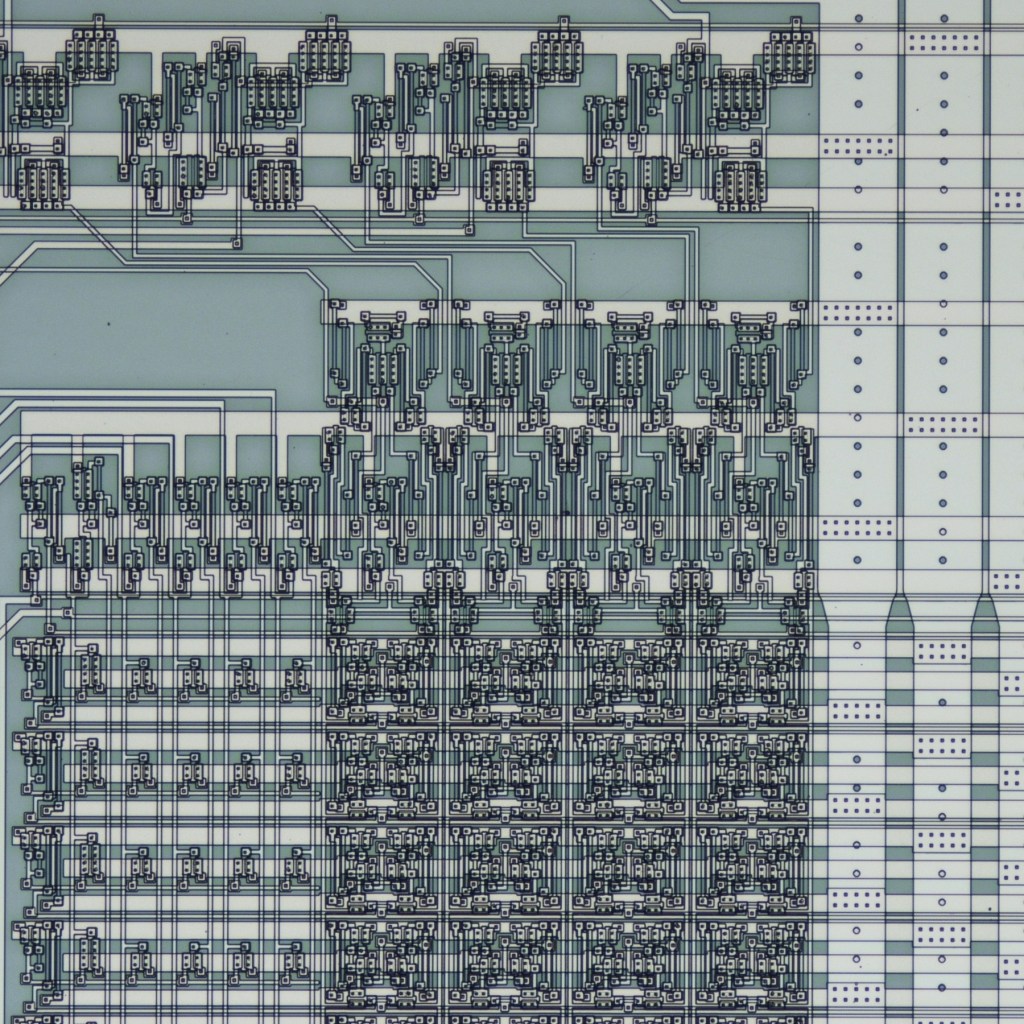
Silicon Carbide Electronics and Sensors
NASA is developing silicon carbide technology to enable smart electronics in extreme conditions, boosting performance in aerospace, power, auto, and energy sectors.





























